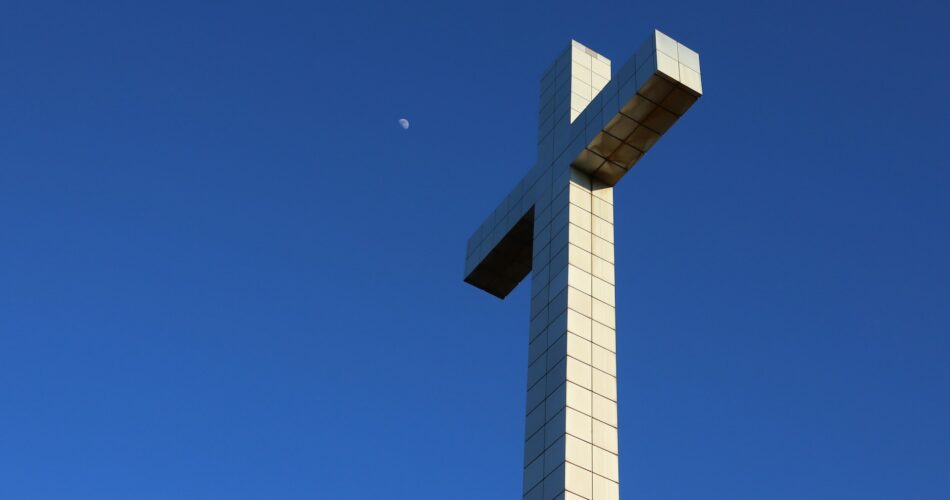It’s a powerful Easter display.
A towering Christian cross will once again rise in downtown Chicago as part of the city’s annual Easter observance. The 19-foot wooden structure will be placed at Daley Plaza on Thursday, launching the 18th annual “Cross on the Plaza” tradition. This symbolic event will culminate with an interdenominational sunrise service on Easter Sunday, April 20, at 6:01 a.m., honoring the resurrection of Jesus Christ. The cross will remain in the prominent public space until April 22, serving as a visible expression of faith during one of Christianity’s most significant holidays.
Easter celebrates the resurrection of Jesus Christ, symbolizing hope and spiritual renewal for Christians. The holiday, which is observed on the first Sunday following the full moon after the spring equinox, is deeply rooted in biblical narratives. Traditions such as sunrise services reflect the early morning discovery of the empty tomb, a cornerstone of the Easter story. In Chicago, the “Cross on the Plaza” event draws diverse Christian communities together, publicly affirming their shared beliefs in a meaningful and collective manner.
The wooden cross was crafted by Chicagoans Karl and Nancy Fritz and their family, and it acts as the centerpiece for the weeklong celebration. The Easter morning service includes music, prayer, and messages of unity, welcoming individuals from all backgrounds. Karl Fritz, along with organizations such as the Thomas More Society, Tapestry Fellowship, City First Foundation, and Watch and Band Mission, helps coordinate the event. Organizers encourage the public to view the cross throughout the week and participate in the Easter Sunday service.
Tom Brejcha, president of the Thomas More Society, emphasized that the display represents a lawful expression of religious beliefs in a public setting. He referenced concerns about diminishing religious symbols in public life, echoing ideas from the late Rev. Richard John Neuhaus’s 1984 book, The Naked Public Square. Brejcha highlighted that, despite a growing secular culture, people continue to seek hope and reassurance, which many Christians believe is found in Jesus and the message of Easter.
Despite its long-standing presence, the cross display has drawn opposition, particularly from the Freedom From Religion Foundation (FFRF) and its local chapter. The FFRF has challenged the presence of religious symbols on government property, arguing that such displays promote religion in public spaces. In response, the group has installed its own secular displays during Holy Week in the same location, advocating for the separation of church and state and promoting reason and free inquiry. These contrasting displays continue to spark discussion about the role of religion in public life.
